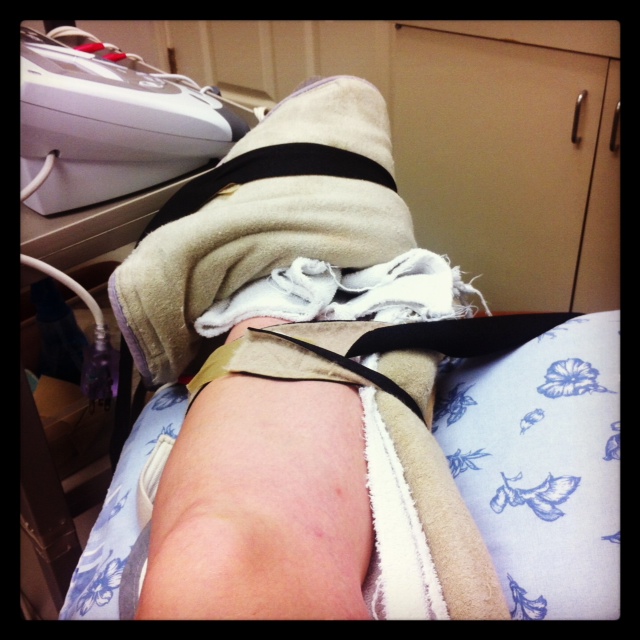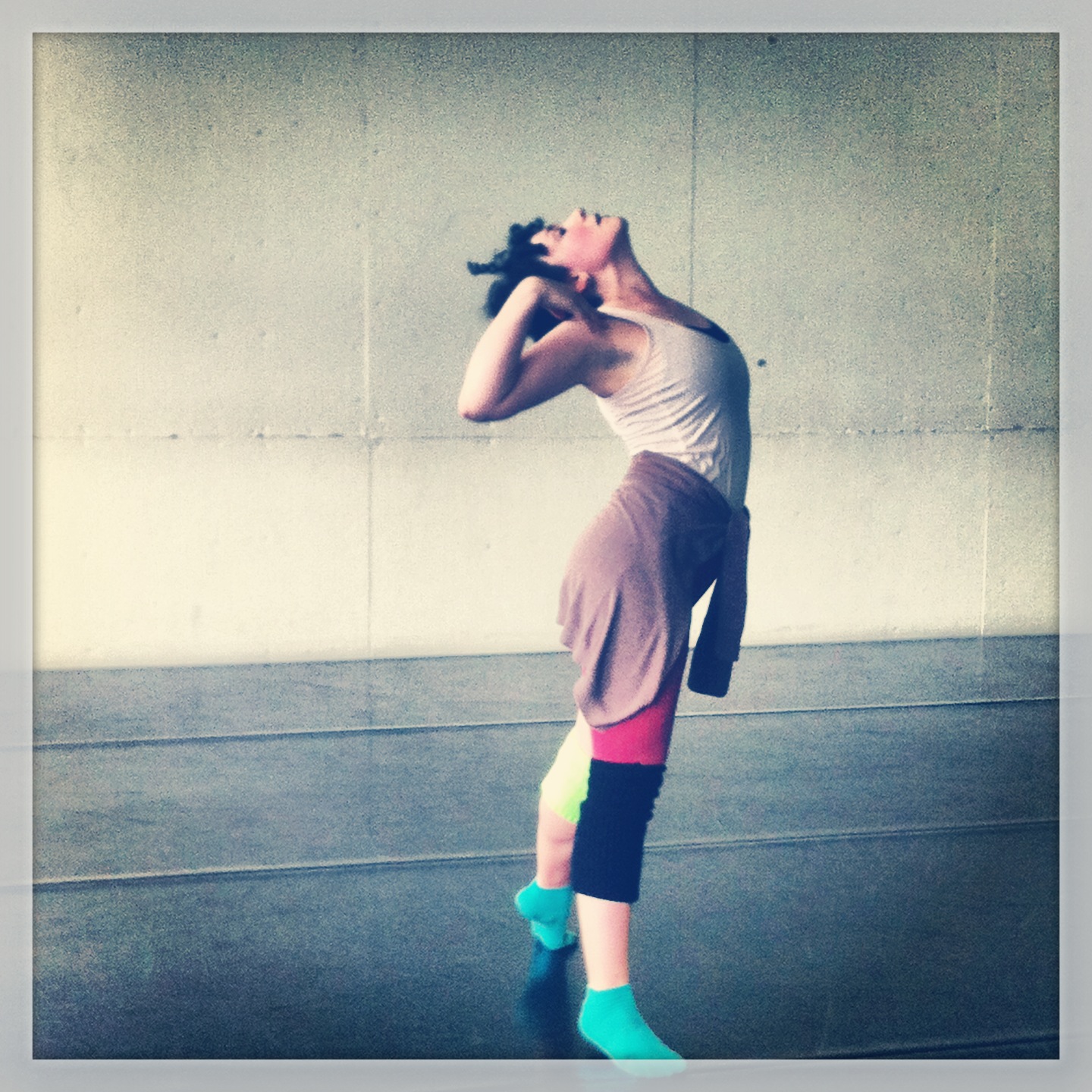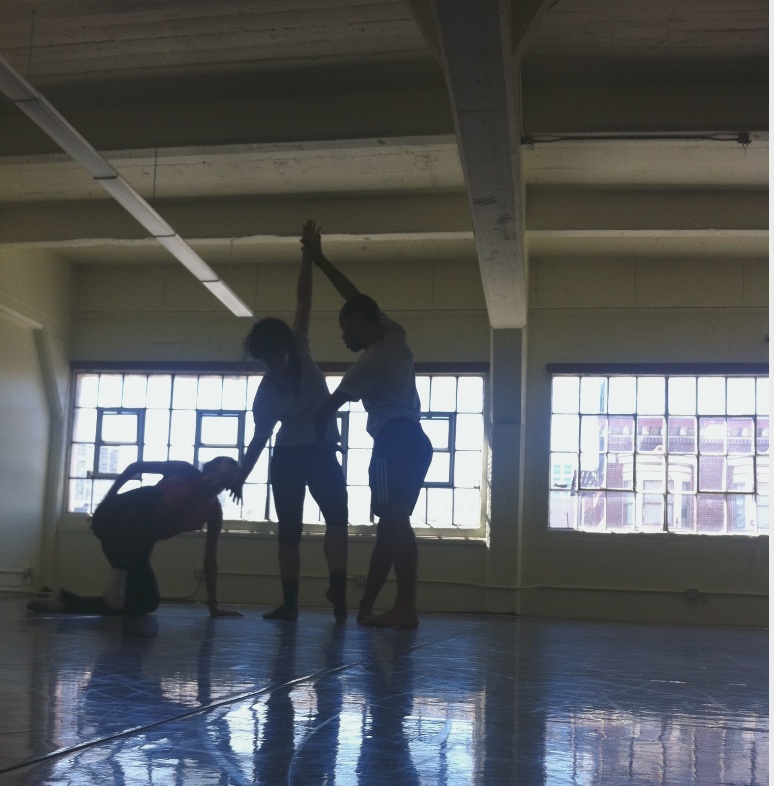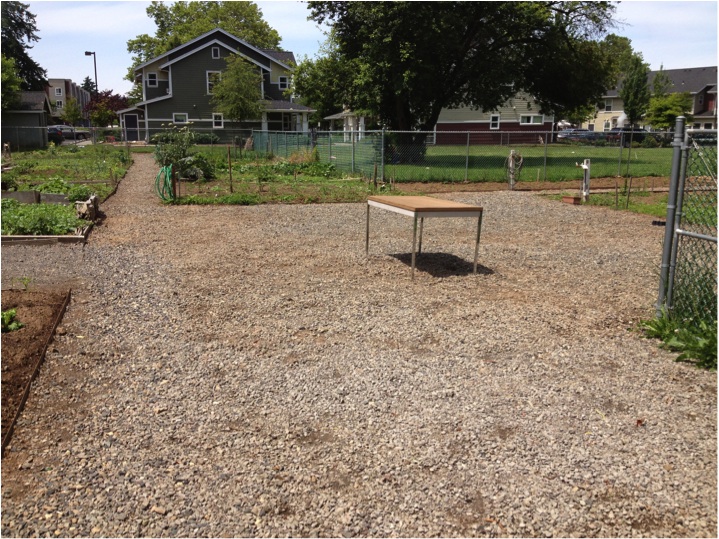Tags
"presidents summer fellowship"
Green Molecules and Green Chemistry Labs: Johnny Mendoza, PSF Summer Experience
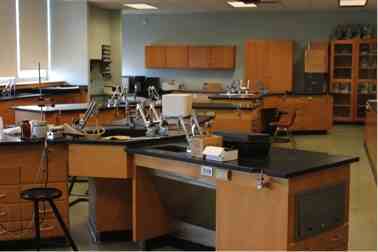
The last time I had been in this chemistry lab was 2 years ago. Back then, I was just getting my feet wet in the field of organic chemistry with the aid and guidance of my professor, Julia Robinson-Surry (’06). Now, I’m working with Julia and the lab teaching assistant, Cindy Liu, to dive deep into the field of green chemistry. With their help, I plan on revamping the current organic chemistry lab curriculum at Bard High School Early College Queens, my old high-school, in an attempt to make it more environmentally-friendly. In addition, I hope to learn about the role and synthesis of green catalysts in organic chemistry, specifically Julia’s work with Fe-TAMLs, a group of oxidation catalysts that has proven useful in environmental cleanup efforts.
Bard Queens is a small school. With 600 students on two floors, it didn’t always feel that way, but the average class size is 20 students. It is also a new school, at only 6 years of age. This comes with some inherent difficulties. For example, the chemistry lab at Bard is not as well endowed as Reed’s. For one thing, there are only two fume hoods, one of which is not working. The only way these chemistry students can characterize their product is through infrared spectroscopy (IR) or physical analysis (i.e. matter state, melting point, boiling point, chemical assays, etc.). In most organic chemistry labs, nuclear magnetic resonance spectroscopy (NMR) and gas chromatography–mass spectrometry (GC-MS) are standard analytical methods. Our project must keep these limitations in mind, and design labs that can be preformed mostly on the bench-tops, while avoiding volatile/strong-smelling chemicals and synthesizing products that can be differentiated readily from any reagents used.
Bard Queens also employs a relatively unique curriculum, where the first two years of school are dedicated to fulfilling high-school requirements and the last two years dedicated to taking college courses with the goal of graduating with an associate’s degree. The students taking organic chemistry here are generally 2 years younger than those at other colleges. The lab periods are also shorter (2 hours, 40 mins vs. 4 hours at Reed). One of our goals will be to make these labs accessible yet rigorous, worthwhile yet not time-consuming, and above all, interesting.
Chasing Bluegrass: Katie Halloran hits the road on her PSF adventure
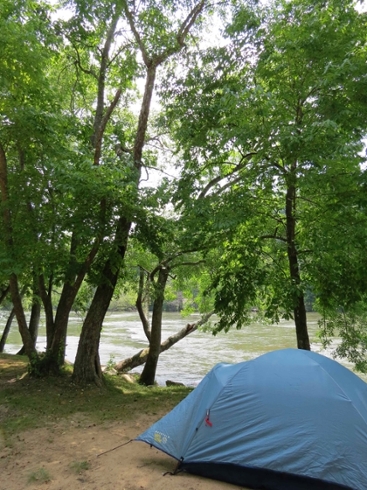
My summer so far has been pretty all-American: I’ve mostly been driving. I will be spending the summer in and around Asheville, NC, looking at the relationship between bluegrass music and community building. I’ll be playing my mandolin, going to bluegrass festivals, and talking to as many people as I can about their experience in the bluegrass community. To do all of that, I decided I would need access to my car. So I left Portland a few days after commencement and drove east, past Mt. Hood and out into the Oregon desert. I went through Boise and then through the sagebrush and fuzzy country radio of Eastern Utah and Northwestern Colorado, stopping for a week to spend time in the mountains with my family. After that, I was on the road again, down from the mountains and across Kansas. Kansas is as flat and featureless as advertised, but they make up for it with high-quality billboards: paintings of Jesus peaking out from a wheat field and advertisements for the world’s largest prairie dog (50 feet tall!), along with the typical “click it or ticket” reminders.
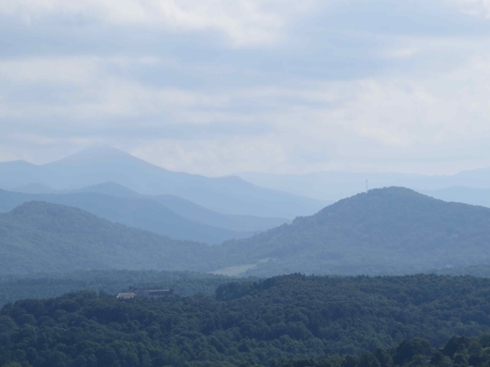
I stopped for a night on the banks of the Mississippi River in Alton, IL, the town where my dad grew up, and went on to camp in Mammoth Cave National Park in Kentucky. After Kentucky, I had to make a stop in Nashville, Tennessee. Nashville is the epicenter of country music in a lot of ways, but I went there for only one reason: I wanted to see the Ryman Auditorium. The Ryman is the mother church of country music and the place where the Grand Ole Opry radio show was originally broadcast. Almost every major star in country and bluegrass music has performed on the Grand Ole Opry, and it’s where the father of bluegrass music, Bill Monroe, really became famous. Monroe and his Bluegrass Boys played “Mule Skinner Blues” the first time he played there. Apparently it was so good that the audience demanded an encore – the first time they had done so at the Opry. I had to navigate through Nashville’s CMA Music Fest to get there, but I saw the Ryman, resisted buying a t-shirt, and made my way on to Asheville.
Continue reading Chasing Bluegrass: Katie Halloran hits the road on her PSF adventure
Old Thimi, Nepal, Potters of the Prajapati Community
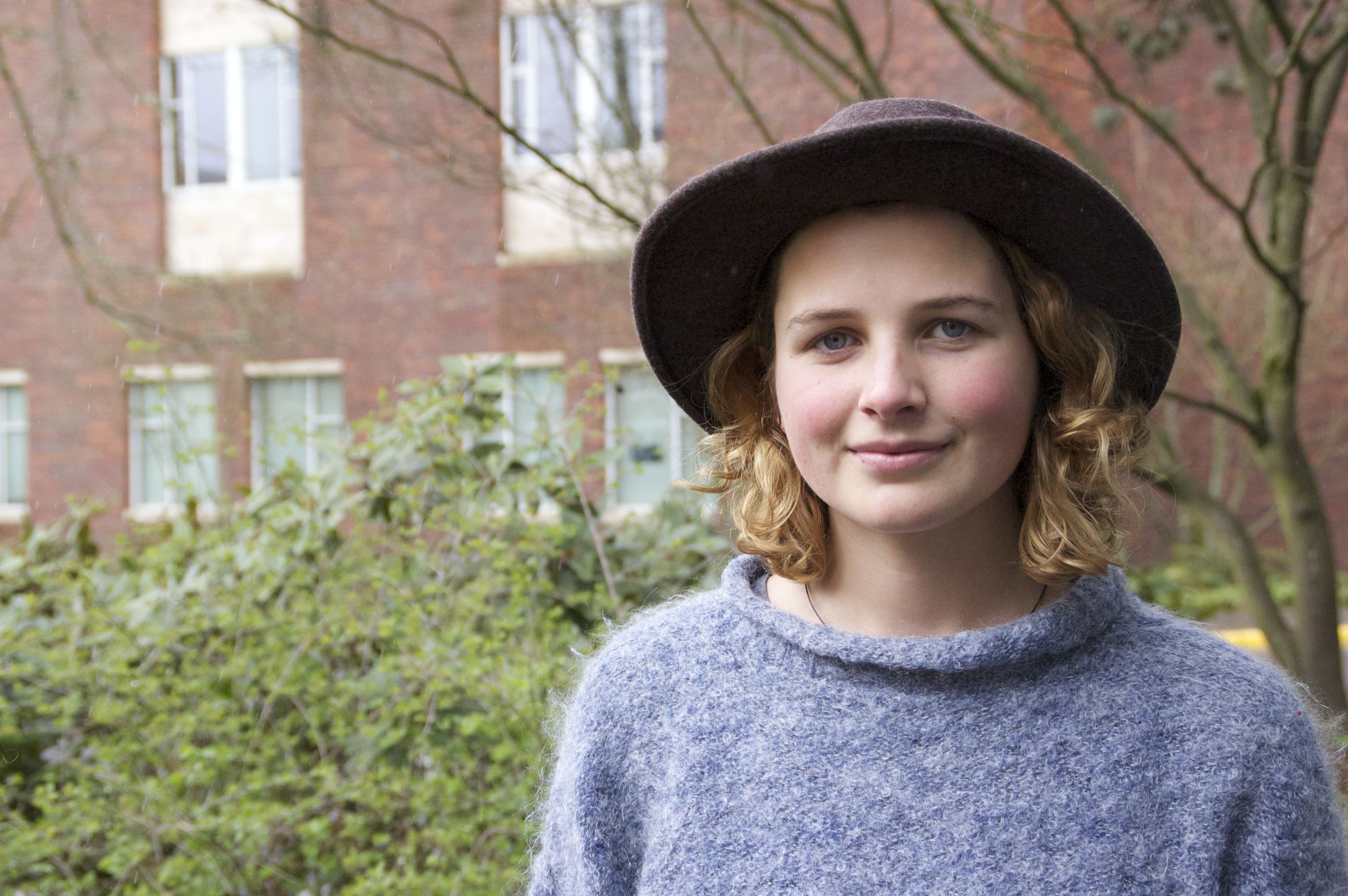
The streets of Old Thimi hum with the sounds of spinning wheels and the shuffling of terracotta, and there is a distinct scent of ash and mud. The just-thrown planter pots, whose silver bodies mingle with sleeping dogs in the sun, dry in alleys seemingly indifferent to the motorcyclists who carefully dodge by. There is always a bustle of activity in these streets and courtyards, and more often than not it surrounds some process related to pottery. Stacks of pots, dry, wet, or fired, line the streets. Piles of hay and ash wait in courtyards to be sacrificed for the transformation of wet clay into terracotta. Massive chipped water jars sit in dusty corners, bearing witness to their own extinction. In the past 50 years the ceramics industry in Kathmandu Valley has undergone significant change. What was once a booming market demanding a diversity of clay products has since significantly dwindled. Today, one finds few potters making anything besides planter pots, rice beer distillers, and popcorn bowls, which betray Thimi’s reputation as home to the craftsmen who throw the largest pots in all of Nepal.
Continue reading Old Thimi, Nepal, Potters of the Prajapati Community
What. A. Summer.
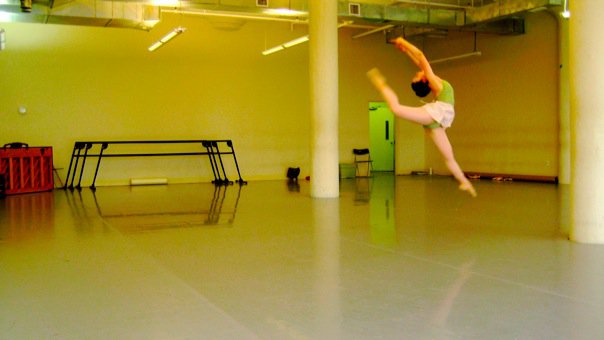
I’ve been struggling to find the appropriate words to express just how profound my experience as a President’s Summer Fellow has been. After falling into a deep rut following a series of negative experiences working as a professional ballet dancer, I desperately wanted to rewire my relationship to my body, my technique, and the concert dance world in general. This was a big request for a ten week project, but I am incredibly happy with the results. Through innumerable bruises, doubts, and tears, I have come out of this adventure a very different dancer then when I began. Spending six weeks training and exploring at the San Francisco Conservatory of Dance has given me new confidence, a new sense of wonder, and new joy in all things dance and movement related.
Continue reading What. A. Summer.
Telling the Cuban Story: A President’s Summer Fellowship Project
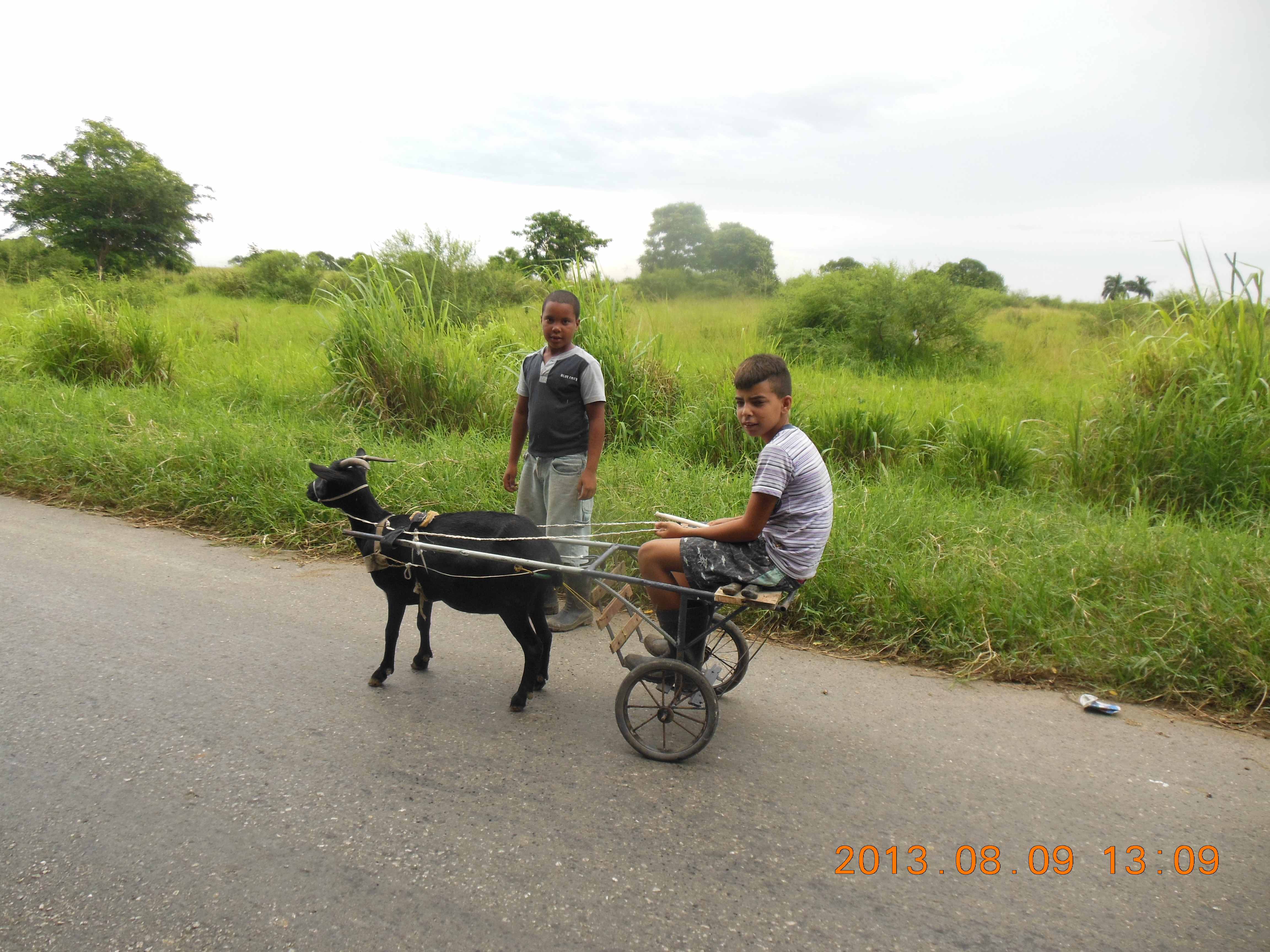
During my time in Cuba I came to learn many of the country's realities of life. Some were hard to face, but others were truly amazing. Simply unbelievable! For example, racism and class division just simply do not exist in Cuba. In terms of race relations, everyone is so mixed, and has been mixing for so many generations that it is difficult to tell what most people's ethnicities are. The concept of race did not exist for the Cubans that I spoke to. When I would ask people about racism, they seemed confused as to what racism would consist of, and as to why I was asking. When I explained the United State’s race relations, they seemed to struggle to conceptualize the idea, because it just didn't exist in their world. I got looks of shock when I explained the United States' history of racism and the racial divisions that continue today. It was fascinating to see a country that shared in having a history of racism, but that had experienced such a different outcome. Cuba's racial blindness wasn't just apparent in words, but in action too. Cubans of all colors did everything together, everywhere. My family had blonde haired, blue-eyed neighbors stopping by, as well as dark-skinned friends. There weren't any neighborhoods segregated by race as there are in the United States. People explained to me that on average there were more black doctors than white doctors in every hospital. Most police I saw were black or mixed, to my surprise. I encountered no visible signs of racial division. It was quite incredible.
Intimately tied into this racial peace is the fact that everyone in Cuba is the same class (excluding military and government officials). In this way Cubans' social relations were even more unbelievable, because there were no divisions based on class, clothing, visible signs of wealth, class customs, or any other usual causes of segregation. No one looked down upon anyone else for not having money, because everyone struggled all the time. Just like racial divisions, class pretension and class shame between Cubans does not exist. As an American, there were times I felt I had found a social utopia.
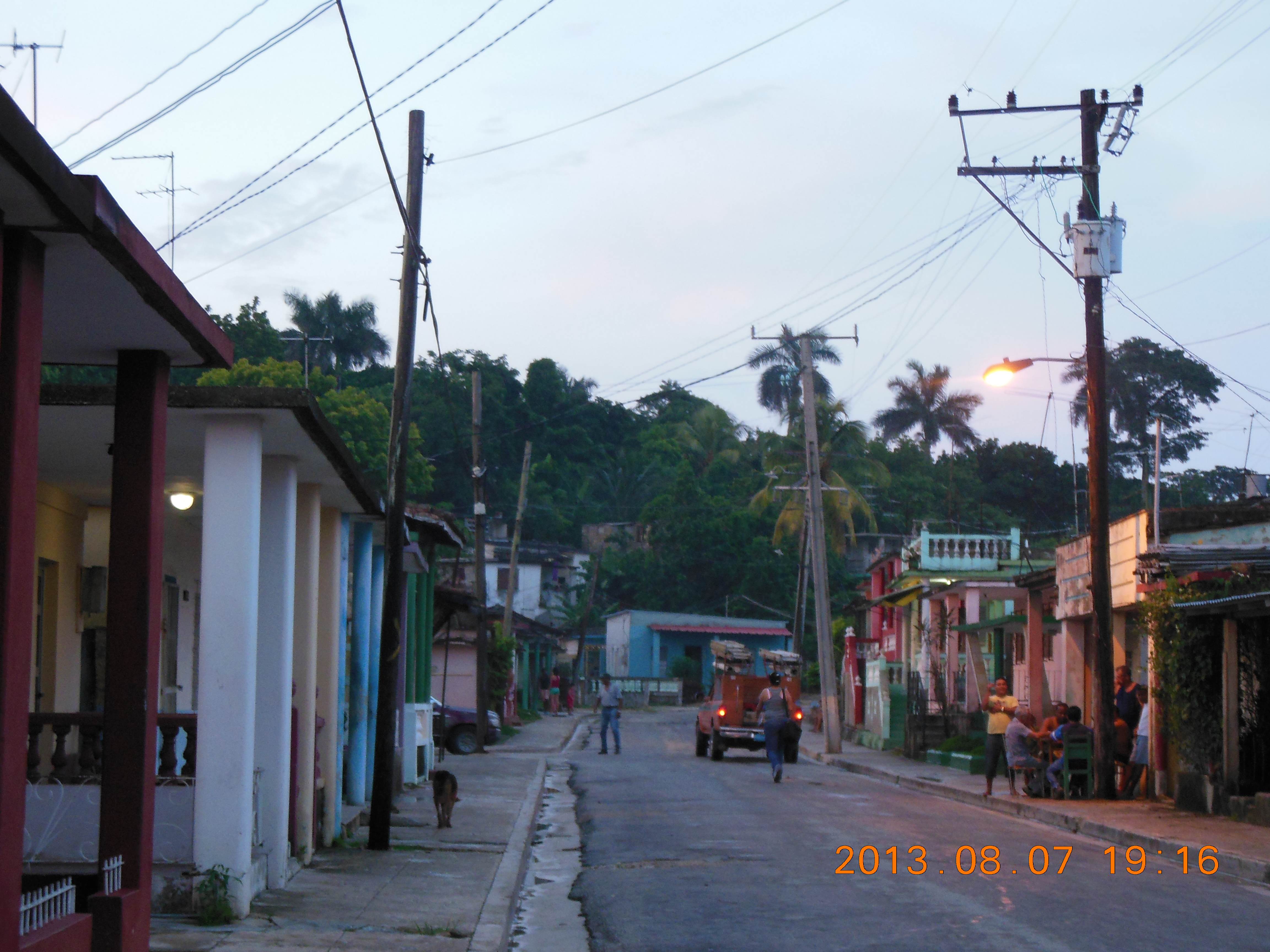
Continue reading Telling the Cuban Story: A President’s Summer Fellowship Project
Experiencing Cuba: Sophie Naranjo-Rivera, President's Summer Fellowship Student

Arriving in Cuba was crazy. I had had a near nervous break down the day before, because I had been dreaming about Cuba for so long, and it was finally coming. It was the first time I had ever accomplished anything that big and important to me. I hadn't gotten much sleep and I was freaking out when the plane landed at the José Martí airport in Havana. Everyone was speaking to me in Spanish and I couldn't understand their thick Cuban accents properly. I was certainly not in the U.S. anymore. When I finally reached the other side of security, my family was waiting for me outside the exit among all of the other Cuban families. They recognized me right away, even though they haven't seen any recent pictures of me, because I look just like my grandma when she was younger, as I later came to find out. Driving through Havana for the first time was unreal. I was in a state of shock for the entire first day, as I spent the day talking with my family and taking naps. They were all so excited to have me there.
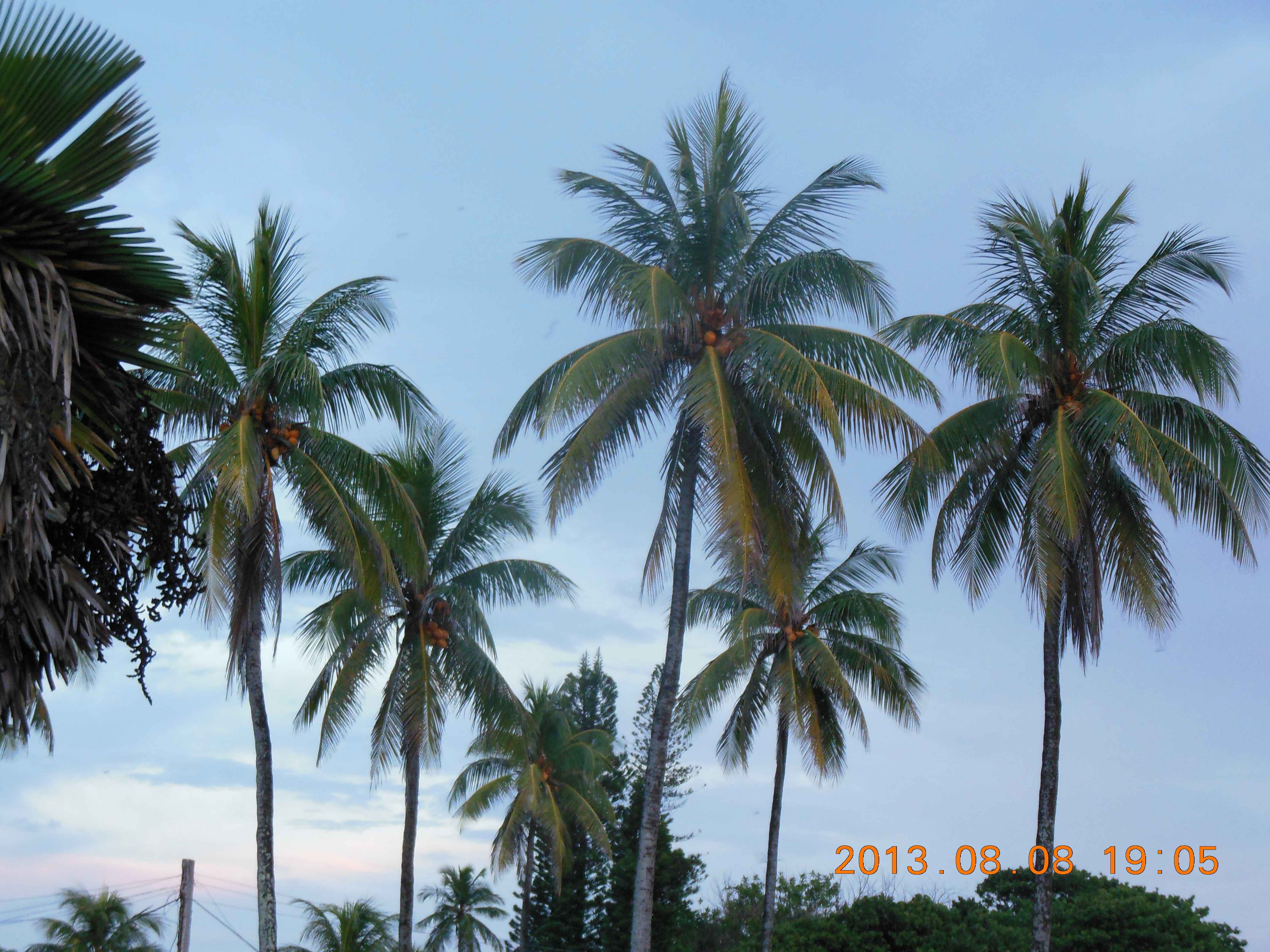
The strangest thing about Cuba was that everything was exactly as I expected. I had prepared for the opposite-I told myself not to expect anything and that everything would probably be different than I thought. Ironically, Cuba was just how I'd seen it, in my dreams at night, in books, in other people's stories. It was like I had been there before, and it felt not only incredible but very comfortable. Not to mention that everything there was absolutely beautiful. I thought maybe it only looked this way in pictures, but realized that photos of Cuba in tour books and on posters are actually extremely representative. Everything is tropical, there are fruit trees everywhere, pastel colored houses, old cars of bright colors with thick black smoke coming out of the tail pipes. I absolutely loved it. It truly was like going back in time 50 years, not just in how Cuba physically looked, but also in the country's abilities. For example, there was hardly any internet connection at all; it was just not apart of people's daily lives because it costs so much money there. Few people had cell phones and when they did they were not used often. Everything had to be done by phone or in person. Most people did not have cars. People walked around from house to house in their spare time-socializing, having fun, drinking coffee, playing chess or dominoes.
Locating the Past, Chapter Two Language and Culture in BNF Manuscript 375
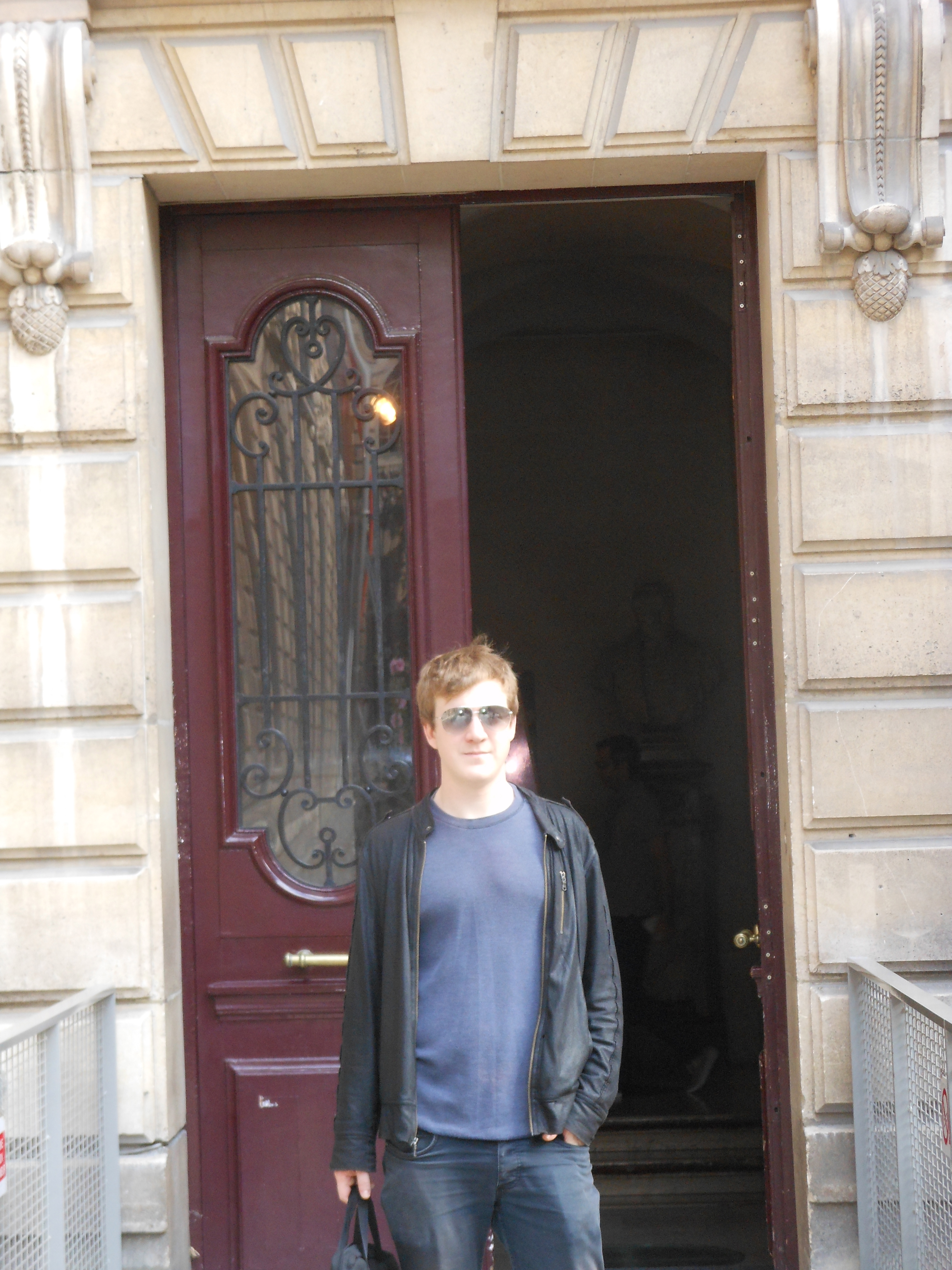
Lukas
As with my first blog post, I will first summarize my research at the national library, then say a few words about my home and social lives in Paris.
My research has progressed well since the last round of blog posts. Readers may recall that my preliminary goal as a President’s Summer Fellow was to identify the geographic origins of the second text in Ms. BNF 375, a medieval French version of the Apocalypse. I spent my first month in Paris doing just that. I first performed a dialectal analysis to determine the provenance of 375’s copy of Explication. In brief, the copyist wrote in picard, a Northern scripta, or written dialect. However, I also noticed that the text opens with a prologue, and that this prologue exhibits a number of linguistic traits inconsistent with Picard writing. Working under the assumption that the language of the prologue is also that of the original text, I was able to link Explication to a prominent 12th-century copyist, Gilbert de la Porrée, bishop of Poitiers from 1142-1154. In the end, then, I can make a pretty tenable connection between 375’s Apocalypse and the city of Poitiers.
Notes from a Paris Biology Lab, Presidents Summer Fellowship, Ch 2
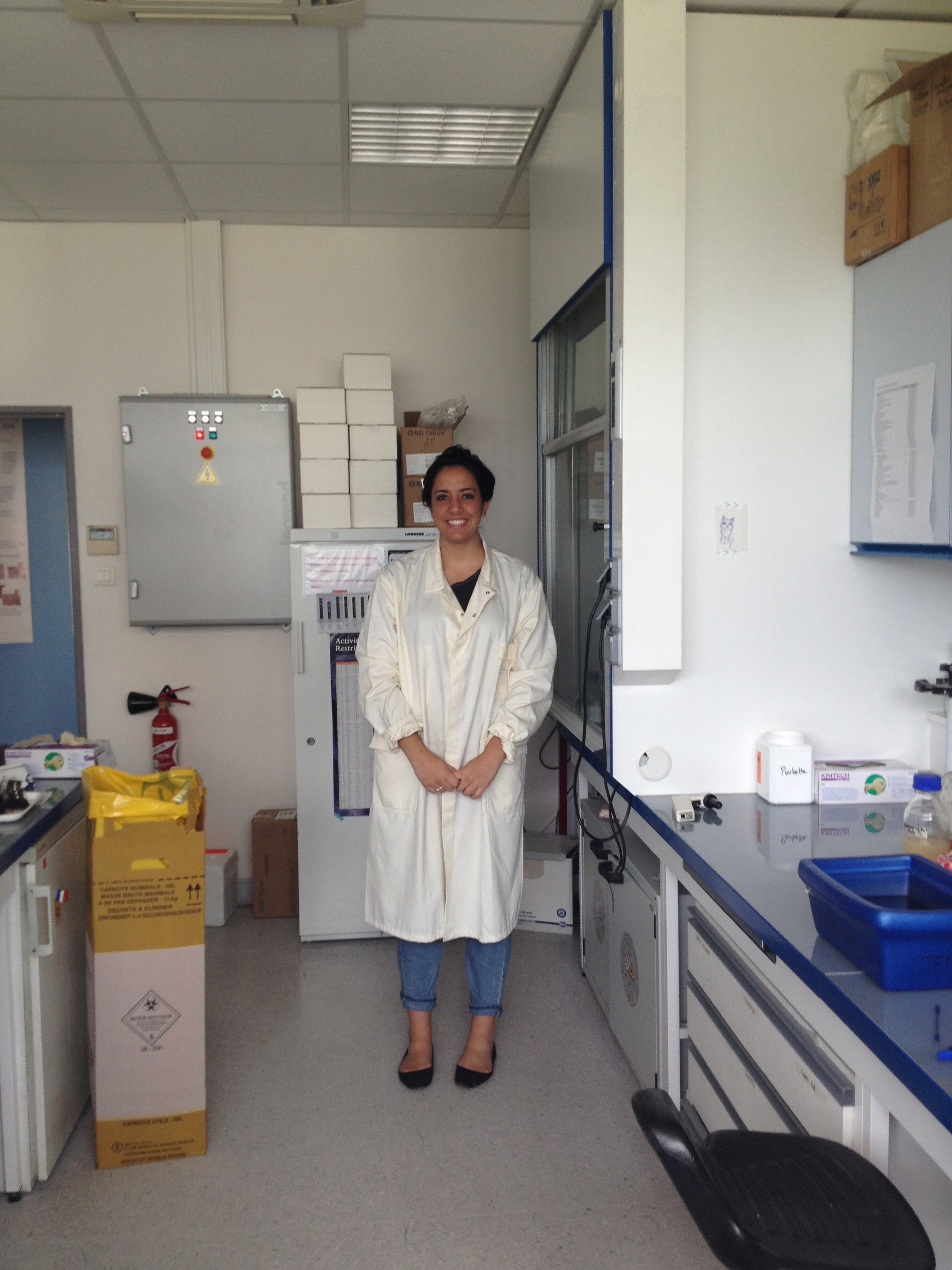
Lab notes
Hello! I am starting the beginning of my fourth week of my internship here in Paris! Wow, time goes by very quickly.
Today I read a great article called Disciplinarity: An Introduction by David R. Shumway and Ellen Messer-Davidow. It had a sweeping overview of the history of disciplinary education, and cited many of the current scholars of the transdisciplinary revolution that is catching on in academia. It was fascinating, and I hope to re-read it later tonight. I also did some research on William Whewell, a 19th c. polymath. He wrote on so many subjects that it is hard to get an idea of his character, but it is clear that he was an influential thinker in Britain. He is most well-known for his philosophy of science, history of science and moral philosophy (SEP). Some neat facts about him are that he coined the term "scientist," and that before him scientists were "called natural philosophers." Ha! The irony! I wonder how many scientists are aware of the philosophic implications behind their title…. Whewell was also very close to the influential scientists of his time. Darwin, Faraday and others would come to him to invent terms such as “anode,” “cathode,” and “ion” (those were invented for Faraday). Anyways, Whewell is someone who I hope to do more reading on. He seems like a great mind and his work is very pertinent to my studies.
Continue reading Notes from a Paris Biology Lab, Presidents Summer Fellowship, Ch 2
Japanese Woodblock Printing, Presidents Summer Fellowship, Second Chapter
Work in the studio is well under way with my instructor Richard Steiner, who has been teaching Moku Hanga, or Japanese woodblock printmaking, for over twenty years and is an established artist in Kyoto. His studio is near downtown Kyoto and makes use of every square inch of it’s modest size. Steiner has dreams of moving his studio to an abandoned temple in the countryside of Japan, but for now we work in the little house, where everything--brushes, rulers, paints, scissors, rulers, papers--has its right place. Usually there are only one or two students in the studio at a time, so the room never gets too crowded.
Traditional moku hanga separated the designing, the carving, and the printing of artworks into three distinct roles to be performed by the artist, the carver, and the printer. In Steiner’s studio, we still maintain this separation, but the artist performs all three jobs. Many traditional moku-hanga instructors begin by teaching students as a master would an apprentice: by asking students first to adhere to the instructor’s style. Richard Steiner, however, while following the traditional method of moku-hanga printing, encourages students to explore their own ideas when designing prints. What results is a collections of whimsical and creative works made by Steiner and past students which fill every spare spot of wall in the studio.
The photographs below show me working on my third print, and my first with color. The paints used are simple water colors, mixed with a starch paste.
Humanitarian Design 2: Empowering Portland Through Community Oriented Architecture, Presidents Summer Fellowship
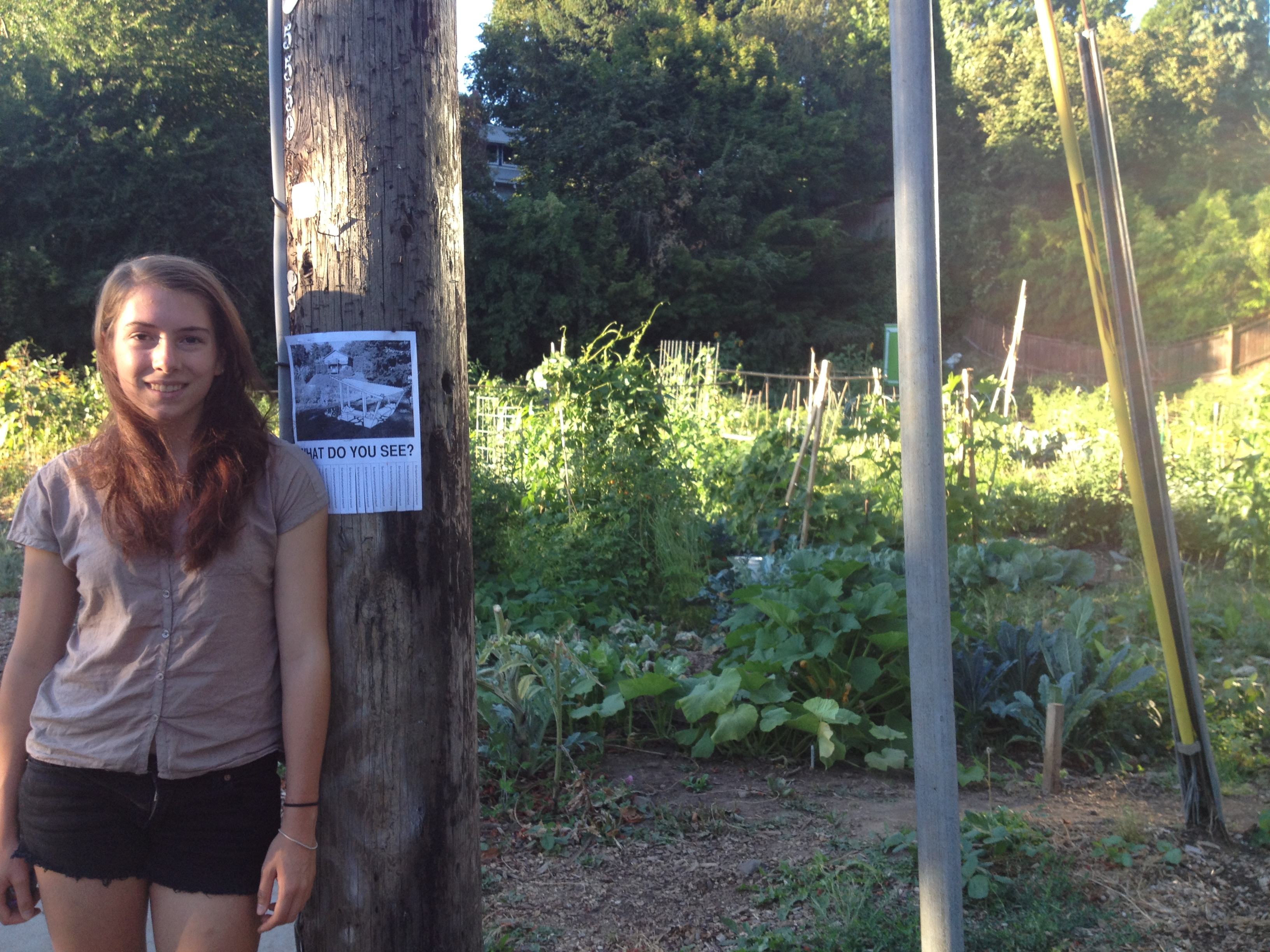
At some point during the past few weeks, all three tracks of my summer project picked up simultaneously, and my days have been a whirlwind ever since. As I write this post, I can however reflect upon one aspect of my summer project that recently wrapped up.
Today, I attended the last meeting of my five-week architecture course at PSU. A very basic introduction, the course touched upon a variety of subjects that shape architectural theory and practice. Lectures, videos, and discussions covered topics ranging from the roles of fashion, technology, and consumerism in building design, to deeper questions regarding how design generates and communicates meaning. The course—though not the technical education I had hoped for—presented an intriguing and occasionally disheartening window into the challenging, complex, and struggling field that is contemporary architecture.
To say that my professor is disillusioned with current architectural practice would be an understatement. Because my professor believes that architecture has lost sight of its fundamental values, he challenged my classmates and I to practice deliberate and ethical architecture. In light of everything, good and bad, that I learned about architecture, my desire to pursue a career in the field remains intact. Now, I feel better equipped to attempt a postgraduate degree, and no matter where I end up, to make sure that I keep the fundamentals of architecture close at hand.
Continue reading Humanitarian Design 2: Empowering Portland Through Community Oriented Architecture, Presidents Summer Fellowship
Presidents Summer Fellowship, Reconstructive Improv 2
It’s hard to believe that nearly three weeks have passed since I wrote my last blog post for Works and Days. Here in San Francisco, time has been flying by, and the workshop I’ve been participating in at the SF Conservatory of Dance is almost over. When I last wrote, I was nearing the end of the first half of the program, and had been busily taking classes in a variety of different contemporary dance idioms. In the second half of the workshop, the focus has narrowed and my classmates and I have been immersed in the improvisational and choreographic techniques of choreographer William Forsythe. While we haven’t been working with Forsythe directly, our exploration has been guided by a trusted representative of the choreographer (and a brilliant artist in his own right), Alessio Silvestrin. Having studied Forsythe and his choreography extensively for my final paper in Professor Hannah Kosstrin’s Dance 201 class, I had some idea of what to expect going into this part of the workshop, but it has still been incredibly challenging.
Continue reading Presidents Summer Fellowship, Reconstructive Improv 2
The Reed College Peer-Reviewed Journal, Presidents Summer Fellowship
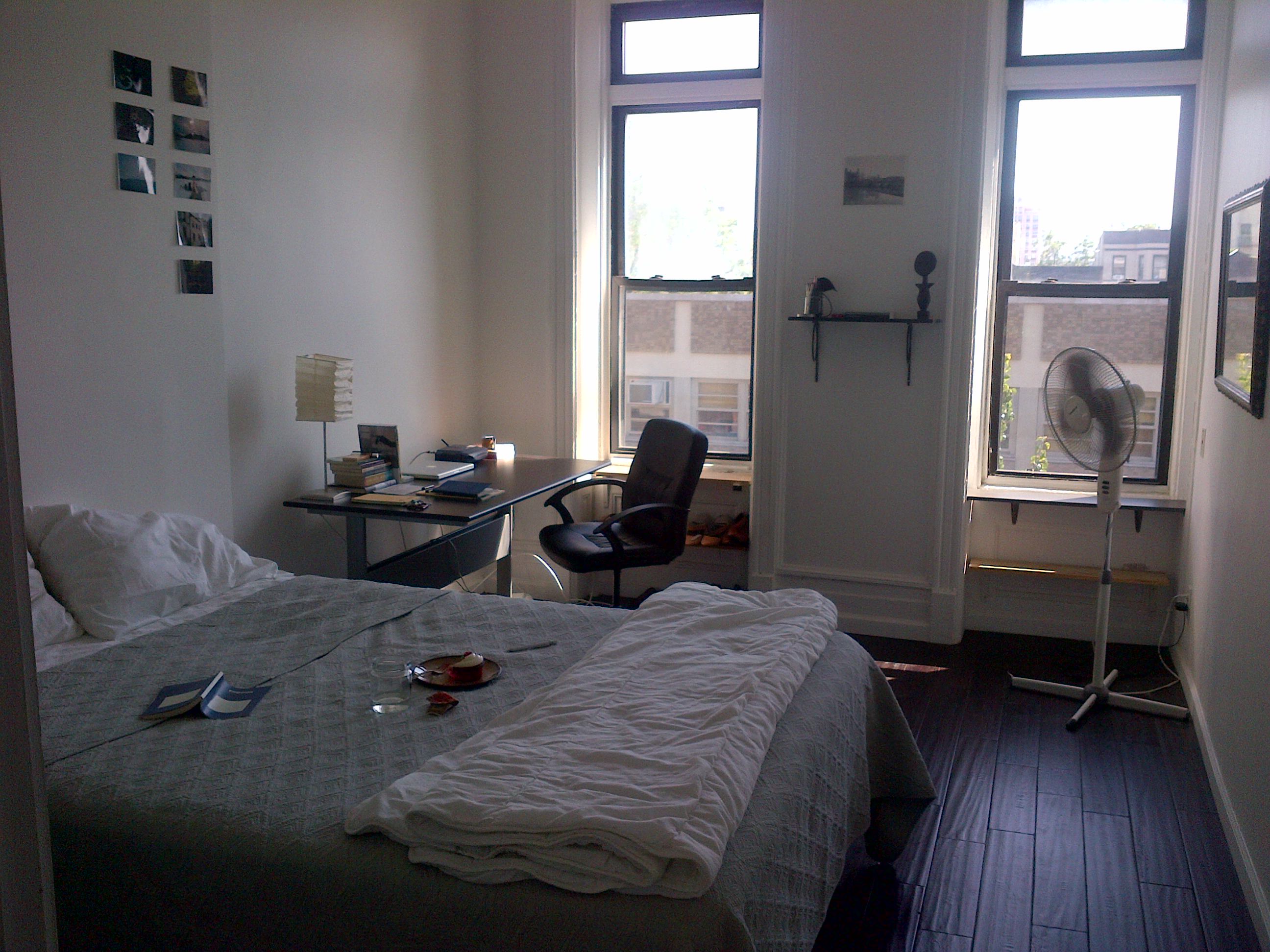
The context for my President's Summer Fellowship engages three distinct elements, which combined, will serve to inform the final goal, the production of a new, peer-reviewed journal that will engage the diverse voices of Reed’s students, faculty, and staff, spanning all departments. The elements include: To work as an intern at one of the seven internships at both literary magazines and publishing houses to which I have applied, in order to acquire the necessary skills to develop the foundation for a journal of this nature and to become well versed in the responsibilities of managing a publication. Secondly, I will conduct research at various colleges like Sarah Lawrence and Goucher College, who are already producing similar successful publications, and lastly, I will return to propose and implement my work here at Reed.
Continue reading The Reed College Peer-Reviewed Journal, Presidents Summer Fellowship
Japanese Woodblock Printing: Cultural Connections and Dialogues through Art, Presidents Summer Fellowship
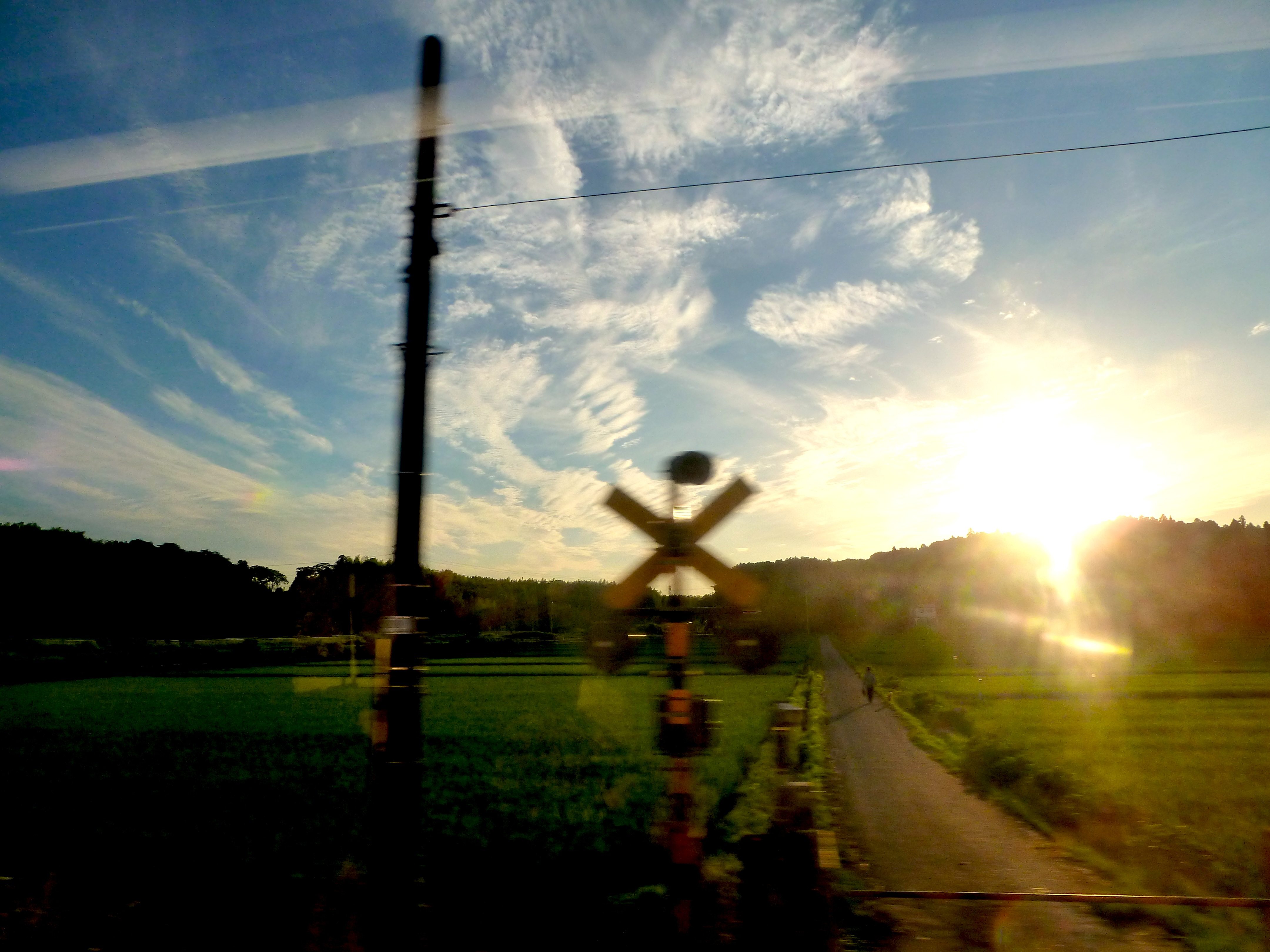
Growing up, Japan was always a large presence in my life. My mother made sure that I spoke Japanese fluently, and filled our household with the food, music, and traditions of her world. She also enrolled me in a Japanese school system in Eugene, Oregon, where I was able to continue learning about Japan outside my home. The result was a life suspended between the country of my heritage thousands of miles across the Pacific, and the American culture surrounding me. I am in Japan to learn the craft of traditional woodblock printing, an art that holds a vital place in Japan’s history, and has fascinated and influenced me for several years. Richard Steiner, an artist who resides in Kyoto and has taught for more than thirty years has agreed to teach me a seven week course on the art form. While in Kyoto I will also educate myself by fully engaging in the Japanese community to grasp what it means to be a part of the culture in a way I haven’t previously been able. I want to share and help pass on this rich traditional craft and opportunity for creativity. To do so, I will create an introductory art course on woodblock printing and offer the class in Portland where students will create their own Japanese prints and learn about the history of the art form.
Continue reading Japanese Woodblock Printing: Cultural Connections and Dialogues through Art, Presidents Summer Fellowship
Telling the Cuban Story: Interviewing the Last Generation of Cuba as We Know It
For my President's Summer Fellowship, it is my dream to collect the stories of the Cuban people before the huge political changes soon to occur in Cuba actually take place, including the oncoming takeover of a new president in five years, and the consequent ending of the famous 60 year Castro dictatorship. Soon the political climate will undergo enormous changes, taking old Cuba with it; and the generation that lived through the Cuban revolution will be gone, taking their stories with them. This is a critical time in Cuban history.
The goal of my project is to document as many stories as possible from the dying generation in Cuba that lived through the Cuban revolution in the 1950s; and as many Cuban perspectives of present conditions as I can.
Presidents Summer Fellowship, Reconstructive Improvisation
Through my President's Summer Fellowship, Reconstructive Improvisation, I intend to transform my relationship with dance through participation in the San Francisco Conservatory of Dance’s (SFCD) 2013 Summer Workshop. This workshop explores the work of choreographer William Forsythe, a preeminent contemporary choreographer who has radically re-configured classical ballet.
I think it’s safe to say that this project is turning out to be one of the most challenging things I’ve ever done. Going from nine hours of studying a day to nine hours of dancing has been a pretty drastic shift. My whole body aches, and when I get home at night my brain is a slushy mess of musings on energetic pathways, bodily syntax, and corporeal architecture. I’m currently about halfway through my project, and have been in San Francisco studying at the SF Conservatory of Dance for several weeks. Along with my 26 compatriots I spend from 8:30 AM to 6:00 PM Monday through Friday and 9:30 AM to 4:00 PM on Saturdays in the studio.
Continue reading Presidents Summer Fellowship, Reconstructive Improvisation
Humanitarian Design: Empowering Portland through Community-Oriented Architecture, Presidents Summer Fellowship
Halfway through my freshman year at Reed, I decided, after much deliberation, to major in studio art. My initial reluctance stemmed from a fear of the impractical and individualistic nature of an arts-oriented career, which I believed would limit my ability to make a tangible difference in the lives of others. That is, until the moment I seriously reconsidered my lifelong interest in architecture. Suddenly, years spent meticulously constructing houses in The Sims and wandering unknown neighborhoods ogling Craftsman bungalows became the solution to my dilemma. I realized that, as an architect, I can utilize my artistic skill and appreciation of the built environment to effect meaningful change in the world. Post-Reed, I plan to complete a masters program in architecture and embark upon a career in humanitarian design. For the moment, I am trying to gain the experience and knowledge necessary to facilitate my vision.
Continue reading Humanitarian Design: Empowering Portland through Community-Oriented Architecture, Presidents Summer Fellowship
Locating the Past: Language and Culture in BNF Manuscript 375, Presidents Summer Fellowship
For my President's Summer Fellowship Award, I undertook to pinpoint the geographical origins of a medieval French manuscript and to thereby develop a novel philological method of inquiry that could hold great promise for medievalism, art history, and for my development as an individual and a scholar.
Continue reading Locating the Past: Language and Culture in BNF Manuscript 375, Presidents Summer Fellowship
Notes from a Paris Biology Lab, Presidents Summer Fellowship
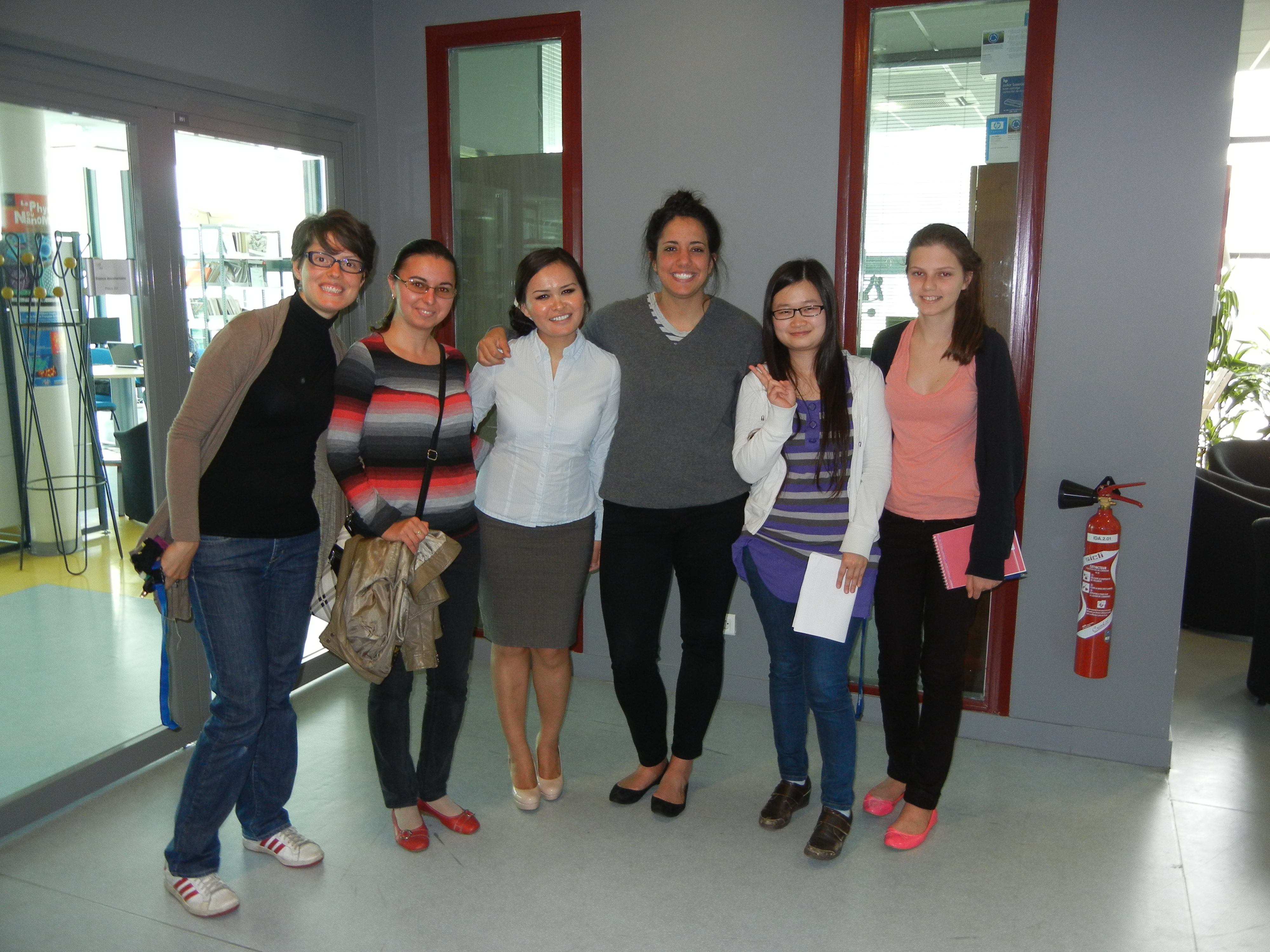
Maya with lab partners
This is the first of a series of blogs about the adventures of a Reed President's Summer Fellow. I am a student of philosophy learning the ropes of interdisciplinary studies for two months in Paris, France. I am focusing on the philosophic implications behind scientific research in a microbiology lab at ENS-Cachan led by Dr. Bianca Scalvi. The research at this lab is based on trying to understand the initiation of DNA replication.
I am neither a scientist, nor a philosopher. I am simply someone who wants to understand the way our society works. I have a background in chemistry, and spent a summer synthesizing organic compounds in a lab directed by Dr. Youngblood at UNT. That experience offers me an advantage in the microbiology lab. I am familiar with the environment of a laboratory and I am able to understand the basics of the research without too much trouble. My background in philosophy seems to have been with me since I was a child, yet I have only come to realize how much I enjoy the discipline when I started at Reed College two years ago. I have taken some courses in philosophy at Reed, and I try to approach each situation I find myself in with an open and philosophic mind.
Continue reading Notes from a Paris Biology Lab, Presidents Summer Fellowship

